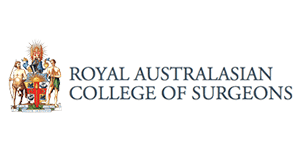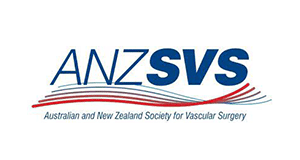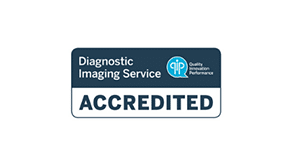Deep vein thrombosis
What is deep vein thrombosis?
Deep vein thrombosis (DVT) can be a serious condition that occurs when blood stops, or clots, in the deep veins of the body. While DVT typically occurs in the lower leg, it can also present in other parts of the body. Depending on each person, DVT can be a one-off event, or a more chronic problem.
Why does DVT occur?
DVT is caused by the blood clotting in the deep veins of your body. This clotting most commonly occurs due to reduced mobility, such as that experienced post-surgery or when on a long-haul flight. Other factors that may increase your risk include:
- Age
- Damage to an artery, vein or surrounding tissue
- Genetics
- Pregnancy, especially in the later stages and for six weeks after birth
- Medications such as the contraceptive pill
- Smoking
- Being overweight.
The symptoms will be depend on the area of concern. The most common site for a DVT is in the lower leg. This normally presents as sudden onset of calf pain, swelling and warmth over the affected area. There may be a discolouration of the lower leg and foot. Other symptoms include:
- Change in mobility of the leg
- Shortness of breath
- Fever or excessive sweeting
- Rapid or irregular heartbeat
- Sharp chest pains that get worse.
If you have any of these symptoms, it is important to see help immediately.
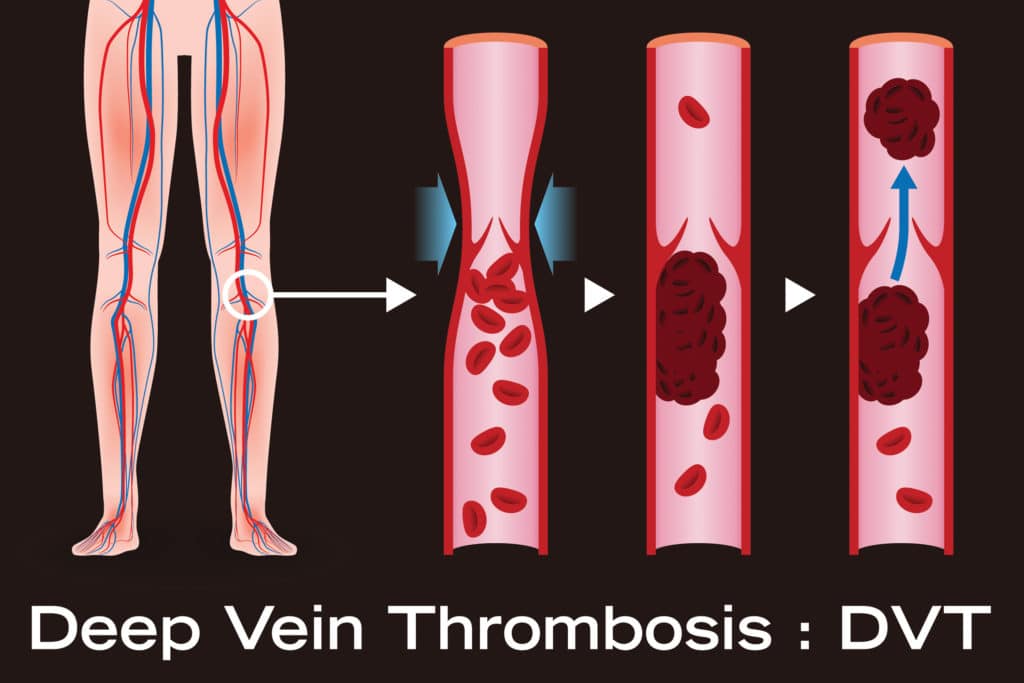
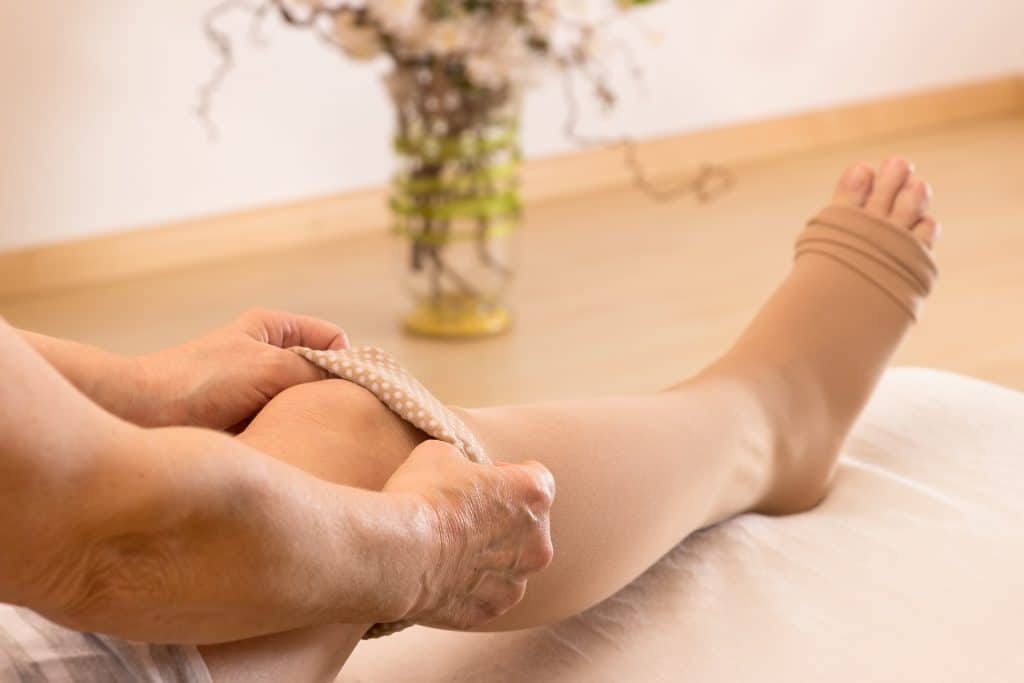
How is DVT treated?
The treatment depends on the whether the DVT is located below the groin, or above in the major vessels. The most common DVT is below the groin level and is treated with compression stockings and blood thinners. Thinning of the blood reduces the risk of the clot moving and involving the lungs. In some cases, a small amount of clot will remain, or there may be long-term scarring of the vein.
In cases that extend above the groin, we will try and dissolve the clot. This is done by placing a catheter into the vein at the groin, crossing the clot and infusing chemicals to dissolve it. These patients will still need to be on blood thinners after the procedure for three to six months.
What is the treatment process?
Before deciding upon a treatment plan, Doctor Cohen will take some time to understand your personal history, while also looking at how your underlying veins are functioning. This will be done using a special ultrasound called a venous incompetence scan. Most of these scans will reveal nothing abnormal, however, in some cases they will show an incompetence or weakness in the underlying venous system that will need to be resolved prior to treating the spider veins. If this is the case, Doctor Cohen will likely recommend waiting three months post treatment of the larger varicose veins before starting treatment for your spider veins.

